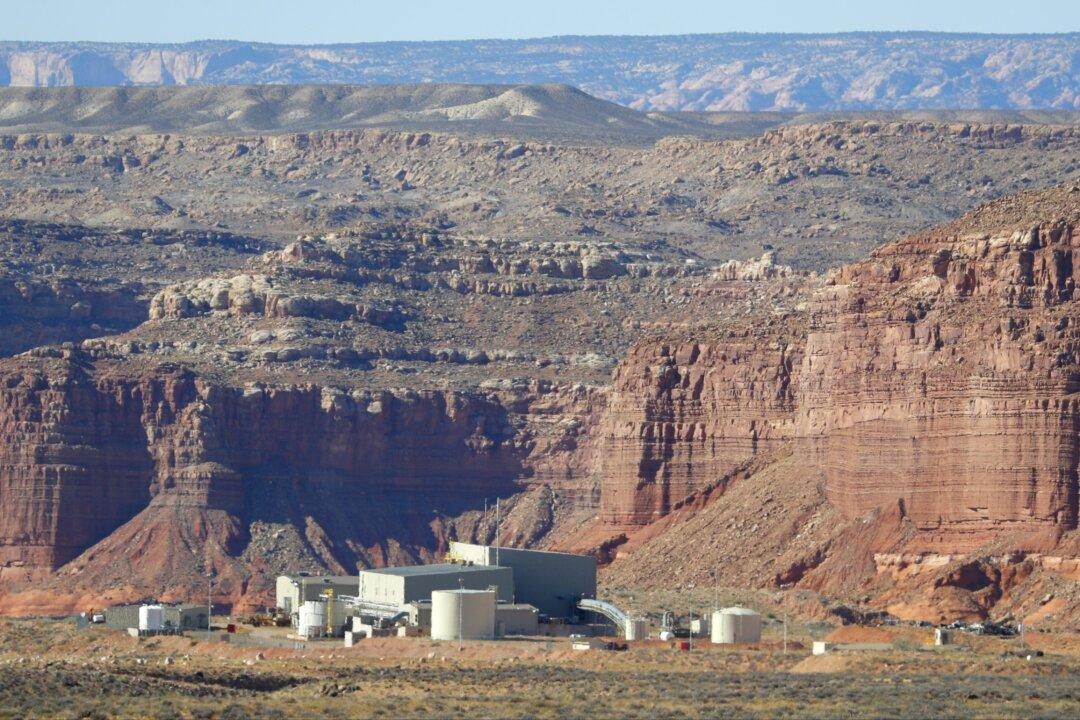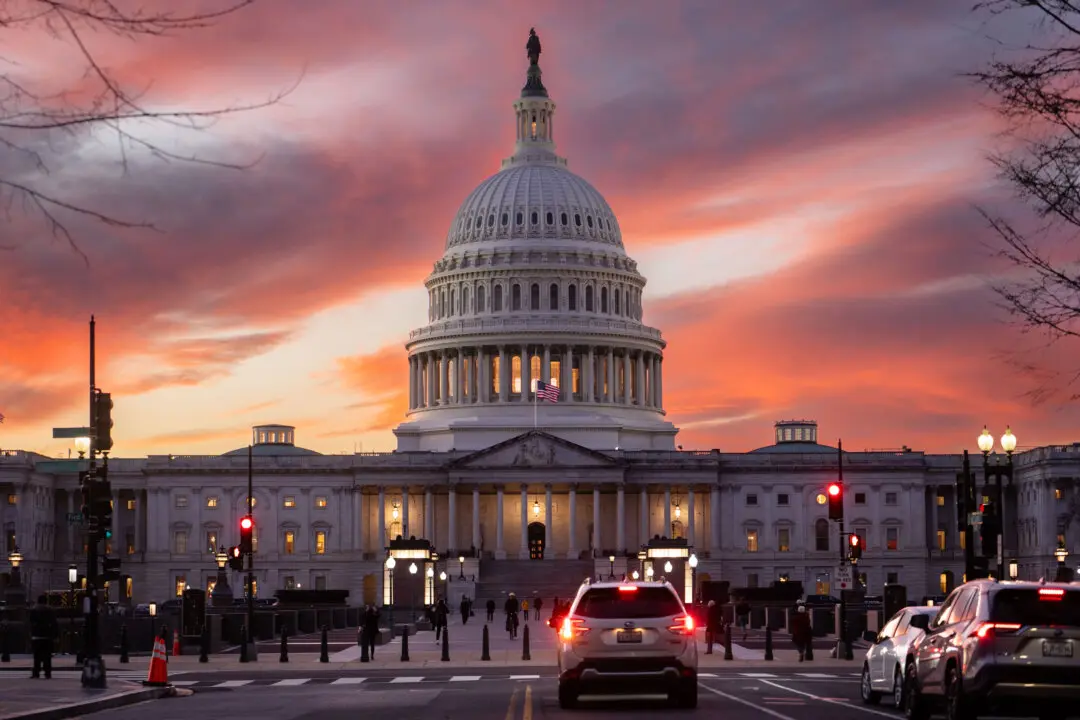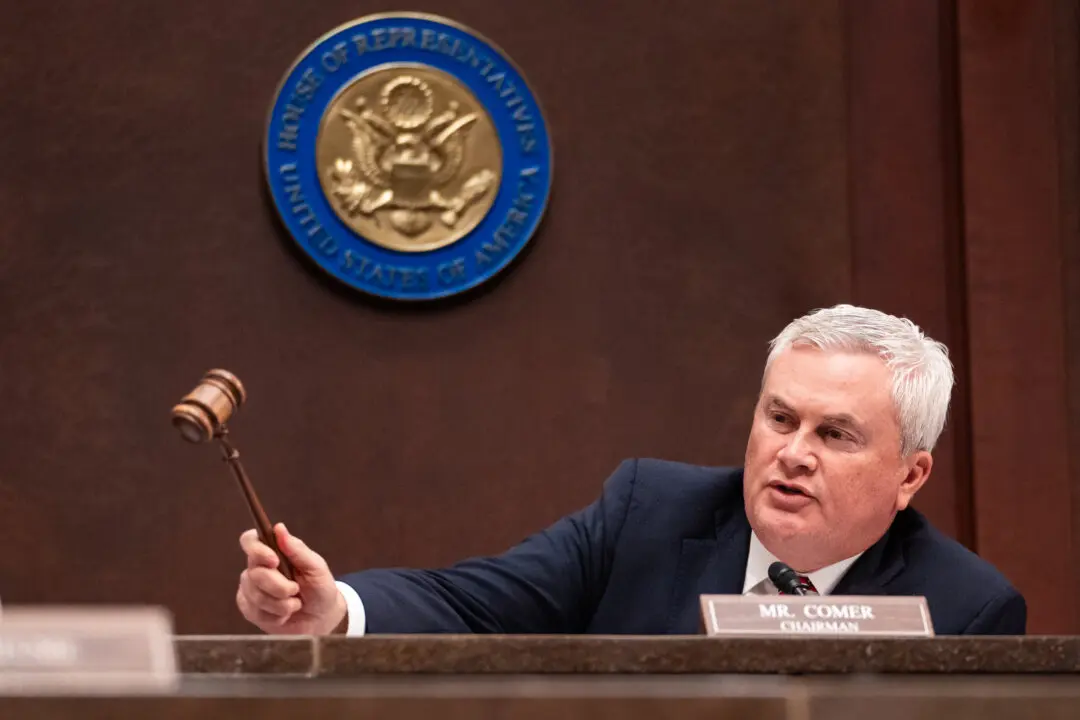As the Russia–Ukraine war continues, the United States’ and the wider world’s dependence on uranium from Russia and its allies is raising serious questions, all the more so because of rising worldwide interest in nuclear power.
According to the Energy Information Administration, 47 percent of the uranium used by civilian reactors originates in Russia or two countries with close ties to Russia: Kazakhstan and Uzbekistan.





